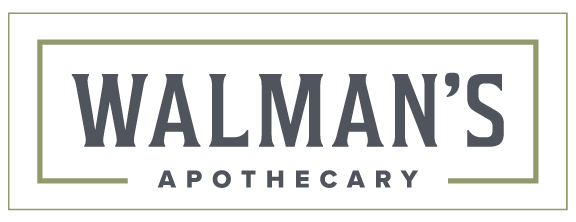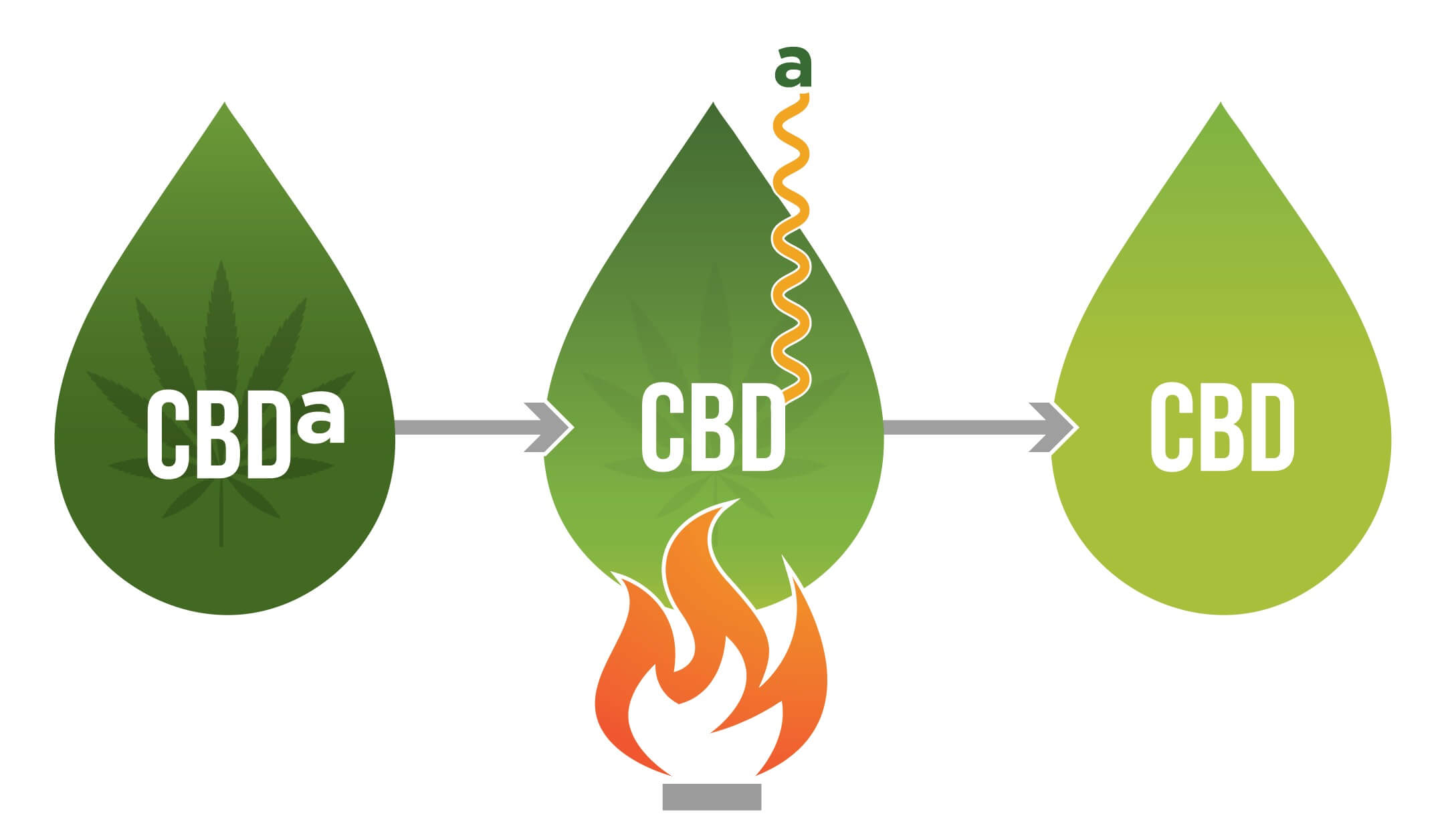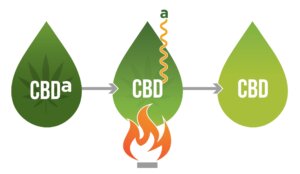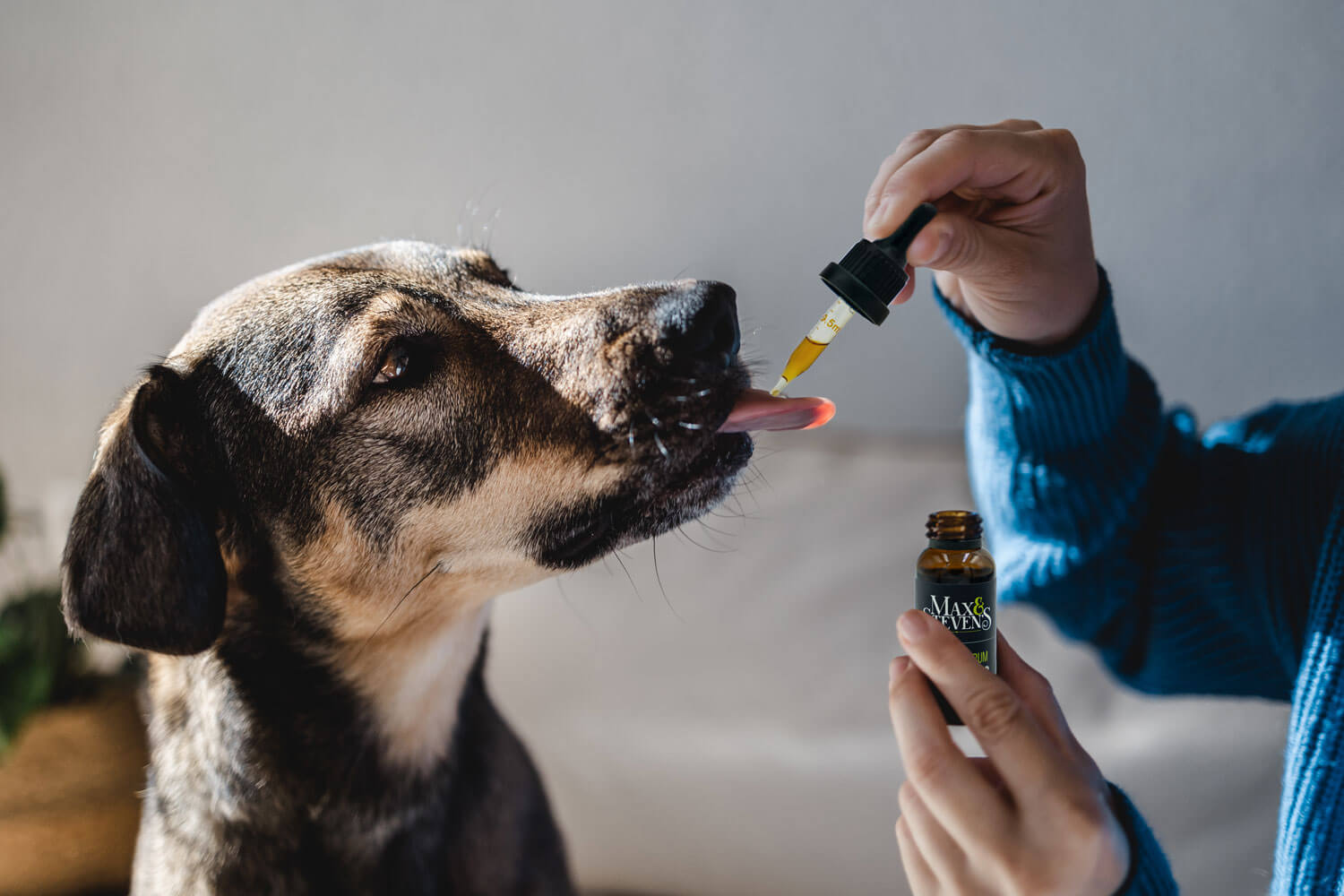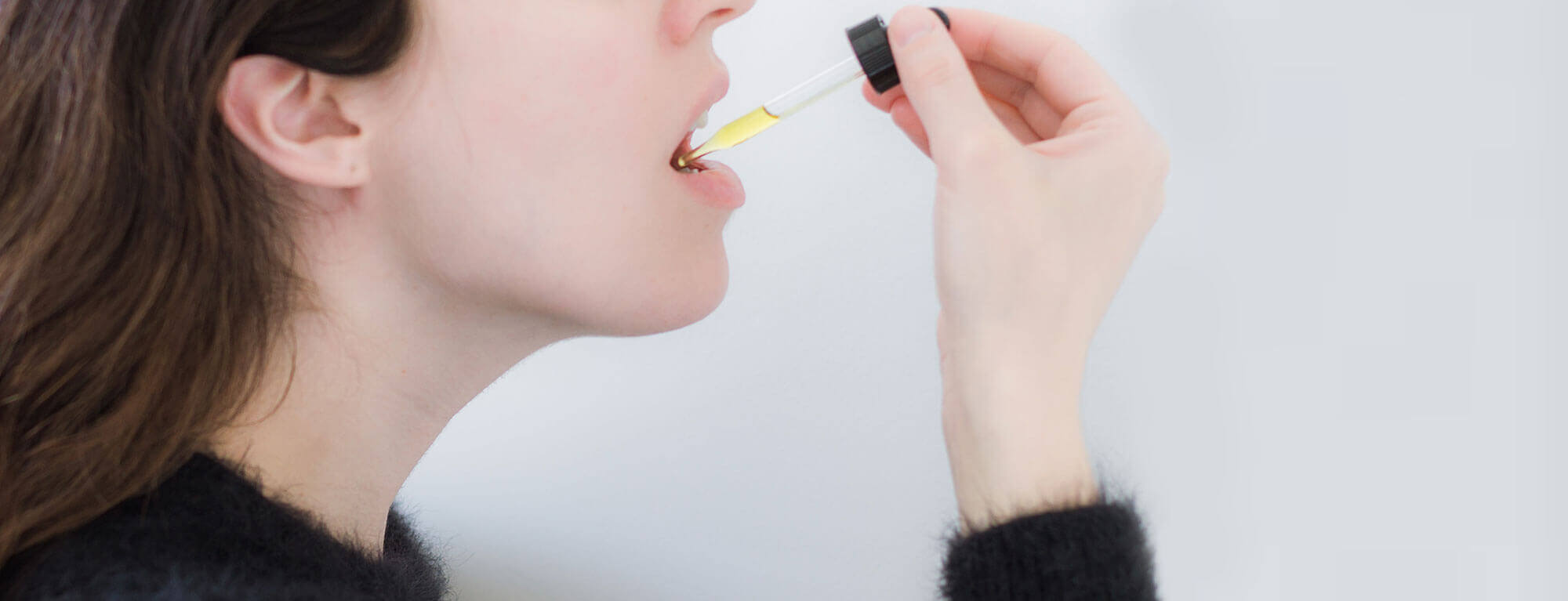Hemp Oil vs. CBD Oil. Let’s set the record straight!
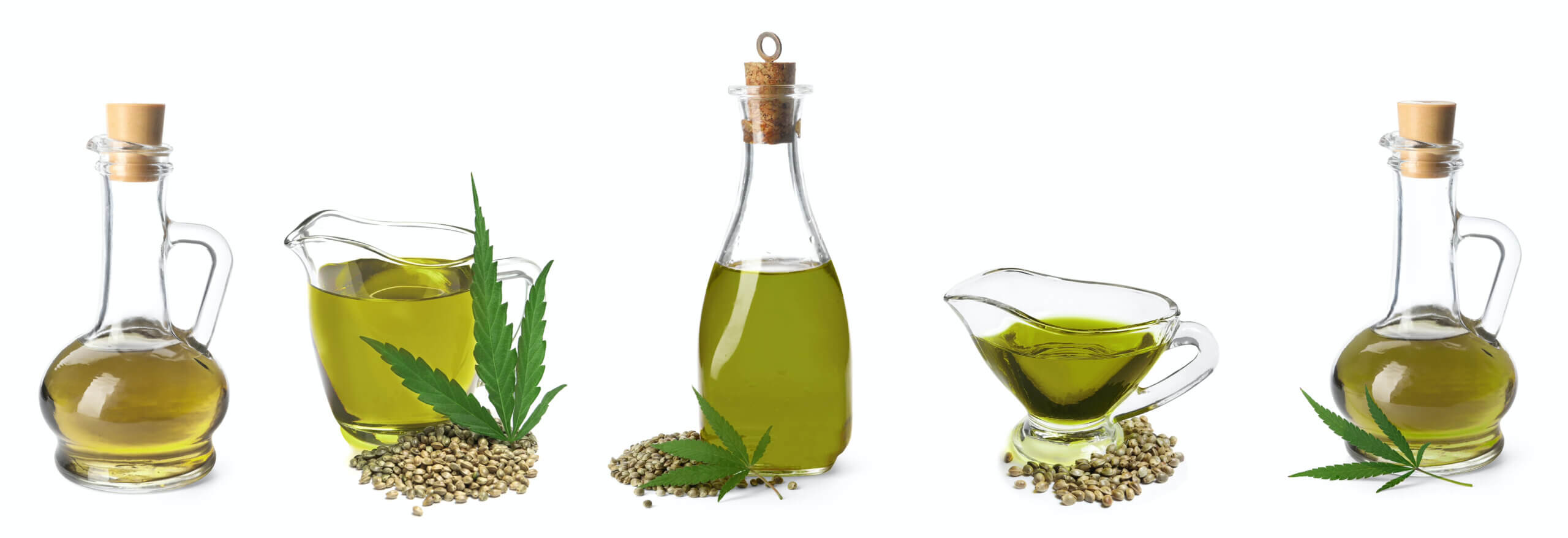
It’s confusing. Hemp oil. CBD oil. Hemp seed oil. CBD tincture. CBD Drops.
GRR!!! What’s the difference? Let’s set the record straight!
One of the most common questions about CBD oil (aka CBD drops, aka CBD tincture), and let’s face it there are lots of questions, is related to hemp oil.
Makes sense, right?
CBD is a compound, called a cannabinoid, found in cannabis plants which includes both hemp plants and marijuana plants. CBD extracted from hemp plants has to meet the legal standards for containing less than 0.3% THC in order to be labeled as CBD. So a question about CBD oil vs. Hemp oil is bound to come up.
Let’s begin by establishing that CBD oil is NOT Hemp oil.
Let’s also establish that some people mistakenly refer to CBD oil as Hemp oil- keep reading to unravel why.
Side note- CBD can be extracted from marijuana, too but that’s not going to meet federal legal standards for THC levels so we’re going to put that aside for now.
Back to CBD derived from hemp…that’s legal in all 50 states and can legally contain up to 0.3% THC which is not nearly enough THC to be even slightly intoxicating or psychoactive. THC is another cannabinoid which is well known for its intoxicating properties.
What is CBD oil, then? It’s when hemp-derived CBD extract (legal, non-intoxicating, beneficial…) is combined with a carrier oil to make a tincture. The term tincture is interchangeable with terms like “drops” and “oil”. More confused than ever? Deep breaths, we’ll straighten this all out!
Here’s where we differentiate and clarify things!
CBD is a beneficial cannabinoid extracted from hemp and delivered to us humans and our pets in a few different ways- most commonly in a carrier oil.
So, CBD extract + carrier oil= CBD oil.
Notably. high quality CBD oil/drops/tincture use MCT oil as a carrier oil. Why? Simple answer there! It’s the cleanest, most easily metabolized, most stable, and most beneficial carrier oil. If you’re seeking a CBD product in liquid form, meaning drops, tincture, oil, etc. then read the label on the bottle and make sure that the carrier oil is MCT oil.
WHAT WE SAY IS IN THE BOTTLE IS IN THE BOTTLE
Here’s where the hemp oil thing comes up. Hemp oil is a “thing”. In fact, it’s a source of confusion.
Here’s why- it’s a term that is frequently misused. Hemp oil is sometimes (misleadingly) used to identify CBD oil.
Why? Because people are confused by all the terms being thrown around incorrectly!!! Also because CBD comes from hemp and round and round we go. And, sometimes people choose to say Hemp oil because they think there’s a stigma associated with CBD oil so they attempt to “work around” it.
So. Let’s get the terms right. Hemp oil is essentially a misnomer when it comes to CBD. If you see a bottle of hemp oil somewhere- you should immediately read the label to find out what it is. You may be surprised when you read the label. You wouldn’t want to pay $55 for a 1 ounce bottle of salad oil, now would you?
It’s’ not all doom and gloom, don’t worry!
Sometimes “Hemp oil” on the label will turn out to be Hemp Seed oil.
Hemp Seed oil is a nutritional culinary product. It’s made by cold-pressing hemp seeds. It’s high in Omega 3 fatty acids and has a pleasant nutty flavor. It’s not ideal for cooking as it has a low smoke point but it’s very nice in salad dressings. Some people may even drink a spoonful of it for other potential health benefits like easing constipation. Hemp Seed oil is also very moisturizing for the skin. People may use it as a hair oil, an ingredient in a salve and so on.
Easy? Right? Hemp Seed oil can be thought of like sunflower oil, avocado oil, and other seed oils. Hemp Seed oil has no measurable amount of the cannabinoid CBD. That being said, it should be priced along the same lines as other seed oils.
Back to CBD oil/drops/tincture which is not salad oil or for cooking! Do not use CBD oil to make a stir-fry. You get the picture!
As you know, CBD oil/drops have their own well-documented health benefits and are used to support many conditions related to inflammation, sleep, anxiety and beyond. CBD oil/drops are highly versatile and may be taken in a couple of different ways. Sublingual use of CBD oil/drops is most effective. Other options include topical use, oral (not under the tongue), vaporizing and mixing with food or beverages. To explore more about best ways to use CBD, see:
Lastly, and most confusingly, every once in a while you may come across a CBD product that uses hemp seed oil as a carrier oil. WHAT?!? WHY??? Here’s where reading the label carefully becomes important. Hemp seed oil can have CBD added to it in some quantity and be labeled as a CBD product or a hemp oil product but you won’t know what’s what until you read the label and preferably a 3rd party lab report. Remember, a high quality CBD oil/drop/tincture will use MCT oil as a carrier oil, will be clearly labeled and will have a 3rd party lab report available for you, the consumer to access easily.
Long story short, be an educated consumer!
Here’s what to look for in a high quality CBD oil/drop product:
- Transparent product labeling
- Extracted from naturally grown hemp
- Contains 0.3% or less THC
- Clean extraction process
- Full Spectrum/ made from the whole plant
- Independent 3rd party lab reports, numbered batch by batch and with dates
- No outrageous medical claims
- Competitively priced- not too high or too low.
Know your source! A reputable company will have a website and packaging with easy to locate contact information. Call or email the company to ask all your questions. Expect a high standard of service and accountability from your CBD purveyor.
